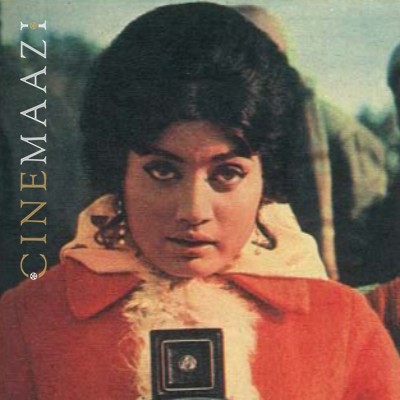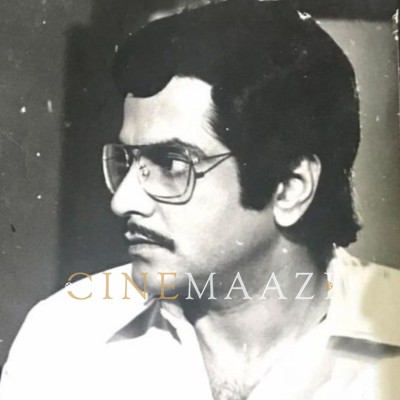This section is for paid subscribers only. Our subscription is only $3700/- for one full year.
You get unlimited access to all paid section and features on the website with this subscription.
Subscribe to read full article
This section is for paid subscribers only. Our subscription is only $37/- for one full year.
You get unlimited access to all paid section and features on the website with this subscription.
Not ready for a full subscription?
You can access this article for $2, and have it saved to your account for one year.
- Release Date1967
- GenreDrama
- FormatcOLOR
- LanguageHindi
- Run Time150 mins
- Length4515.92 metres
- Number of Reels17
- Gauge35mm
- Censor RatingU
- Censor Certificate Number50772
- Certificate Date19/05/1967
- Shooting LocationFamous Studios
The difference between sin and piety is so subtle, yet so marked. Self-ordeals and self-tortures are termed as processes of self-control and deemed as acts of piety, but when an individual imposes these very acts on others, who suffer because of their results, he is accused and, rightly so, as sinful. In facts, a person can indulge in any acts, which may harm his body and mind, in abundance, yet when his actions are visited upon his society and those, who are dear and near to him, he does commit SIN.
How can a person be called a 'Devta', he is steeped in a passion for wine, women and gambling? This film presents such a 'Devta'. Kundan, the pivot, is a lover of wine, women and gambling, yet he is a handsome young man of golden heart, forthight honesty and devil-may-care bravery. He falls head over heels for Kesar, a tom-boyish, upright and fearless girl of heroic heart, with do-or-die decision. Kesar spurns him and her scorn for him intensify the flame for love in his heart.
Yet Kesar with all the qualities of head and heart, is a helpless 'have-not'. She is unable to keep away the machinary, wealthy and resourceful Lala Hakumatrai, who is as old as her late father would have been, from the altar of marriage. Simultaneously with the conquest of Kesar by marriage, Hakumat Rai also plans to do away with Daya Ram Diwana, a goofy simpleton, whose life has been insured by Hakumat Rai for a large amount because of Diwana's determination to commit suicide on being told to do that by Kesar whom he loved with the zeal of a 'Majnu'.
Kesar runs away from the altar on the eye of marriage and Kundan, just to save her from the clutches of Hakumat. Rai takes her to his home as a 'wife'. Kesar poses as Kundan's wife under compulsion because she hated the very sight of Hakumat Rai. She is welcomed by Kunadan's old mother and the family. Yet Kesar refuses to be a 'wife' to Kundan. And Kundan submits to her decision. He promises to protect her from villains till the man, she loves, arrives on the scene. Frustration in love drives Kundan further in the mire of nautch-girls and to gambling dens.
The agony of Kundan's mother and his family works on the mind of Kesar, who takes upon herself the onerous duty of lifting Kundan up from his world of sin-and in her attempt to achieve her goal, she even stakes her sight and goes blind.
Hakumat Rai now strikes with the fury of a waiting hawk. He usurps the house of Kundan and drives out his family in the streets. He manoeuvres to get Kundan arrested by the police and now Kesar, with a final attempt to save Kundan and his family, agrees to marry the wicked Lala, who is now all set to kill Diwana for his insured money and grab the girl as well as money.
Just a day before the eventful marriage Kundan is released. Now he has to decide whether he should contineu to a symbol of SIN for gratification of his senses or a 'Devta', a symbol of service to his people. How this struggle between a 'Devta' and a 'Devil' is resolved, see Devi Sharma's 'GUNAHON KA DEVTA'.
[From the official press booklet]

Cast
Crew
-
BannerJanta Chitra, Bombay
-
Director
-
Producer
-
Music Director
-
Lyricist
-
Screenplay
-
Dialogues
-
Cinematography
-
Editing
-
Choreography
-
Action Director
-
Costumes
-
Make-up
-
Laboratory/ Processed atFilm Centre
-
Stills
-
Writer
-
Art Direction
-
Song Recording
















.jpg)



